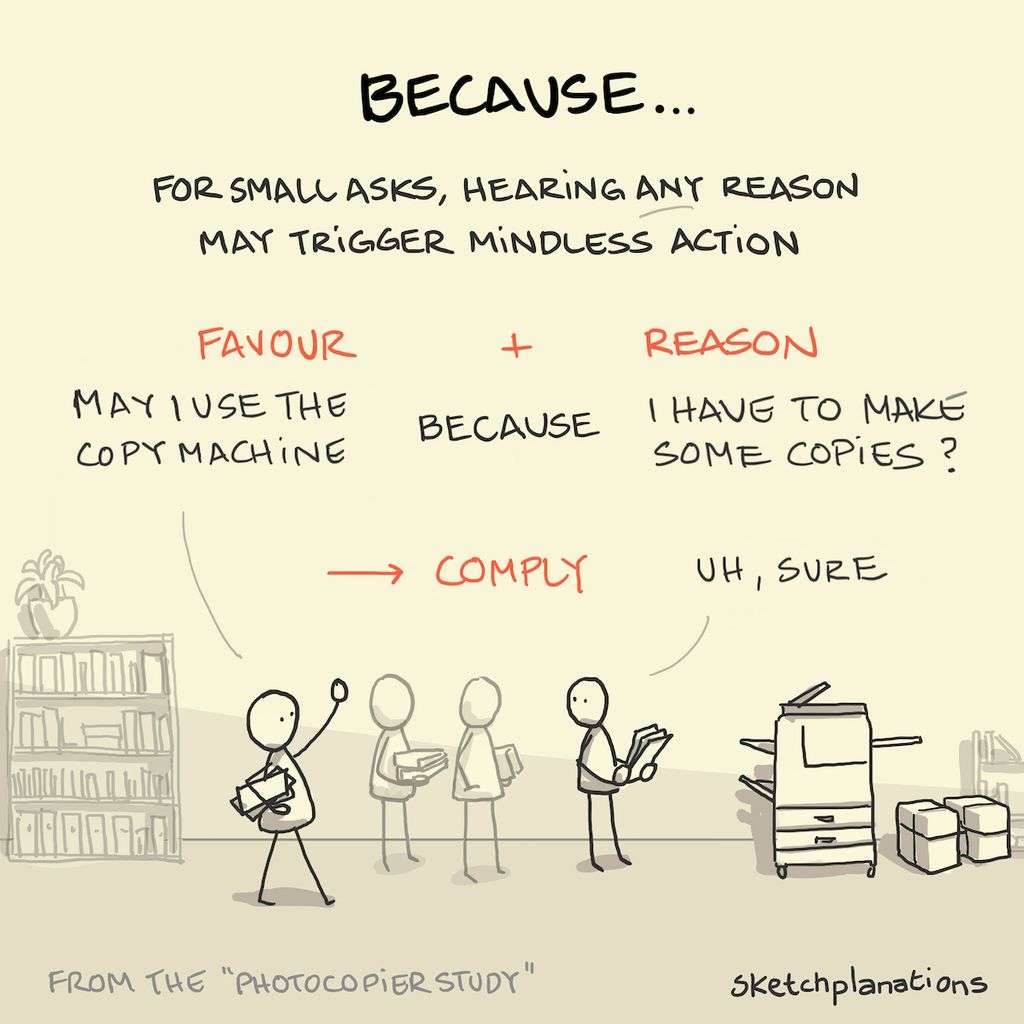The Circular Narrative: A Story Going Full Circle
Overview
Definition of Circular Narrative
A circular narrative is a storytelling technique where the story follows a circular structure, starting and ending in the same place. It involves repetition and mirroring of events, themes, and characters throughout the narrative. This technique creates a sense of closure and emphasizes the cyclical nature of life. Circular narratives often use symbolism and metaphors to convey deeper meanings and explore universal themes. By repeating certain elements, the narrative highlights the interconnectedness of events and characters, allowing the reader to experience a story that goes full circle.
Purpose of Circular Narrative
The purpose of circular narrative is to create a sense of completion and unity within a story. By returning to the beginning or repeating certain elements, the circular narrative reinforces the main themes and messages of the story. It allows the reader to experience a full circle journey, where they can reflect on the initial events and see how they have come full circle. This narrative structure also adds depth and complexity to the story, as it requires careful planning and narrative creation to ensure a seamless and satisfying circular narrative. By utilizing circular narrative techniques, authors can engage readers on a deeper level, enhance the overall theme and message of their story, and provide a sense of closure and satisfaction.
Examples of Circular Narrative
Circular narratives are essential plot techniques that create a sense of completion and unity in a story. They involve a structure where the ending connects back to the beginning, forming a continuous loop. This technique is often used to emphasize themes and messages, as well as to create a sense of closure for the reader. One example of a circular narrative is the movie ‘Inception’, where the main character’s journey through different dream levels eventually leads back to the starting point. Another example is the novel ‘One Hundred Years of Solitude’ by Gabriel Garcia Marquez, where the story follows multiple generations of the Buendia family in a cyclical pattern. These examples demonstrate how circular narratives can be powerful storytelling tools that engage the reader and enhance the overall impact of the narrative.
Characteristics of Circular Narrative
Circular Structure
The circular structure is a key characteristic of a circular narrative. It involves the story coming full circle, where the ending connects back to the beginning in some way. This structure creates a sense of completion and closure for the reader. It allows for the exploration of themes and ideas in a cyclical manner, reinforcing the central message of the narrative. Symbolism and metaphors are often used within the circular structure to further enhance the meaning of the story. The repetition and mirroring of events and motifs also contribute to the circular nature of the narrative. By utilizing a circular structure, authors can engage readers by challenging their expectations and providing a unique storytelling experience. Unifire offers a range of tools and resources to help you craft compelling circular narratives that captivate your audience. Explore their platform today and unleash the power of circular storytelling.
Symbolism and Metaphors
Symbolism and metaphors play a crucial role in the circular narrative, adding depth and layers of meaning to the story. By using symbols and metaphors, authors can convey complex ideas and emotions in a more abstract and symbolic way. These literary devices allow readers to interpret the story on multiple levels and engage with the narrative on a deeper level. Symbolism and metaphors also help in creating connections and parallels between different parts of the story, reinforcing the circular structure. Through the use of symbolism and metaphors, the circular narrative becomes a rich tapestry of interconnected themes and ideas, leaving a lasting impact on the reader.
CTA: Explore the power of symbolism and metaphors in storytelling with Unifire!
How to Use Symbolism and Metaphors in Your Writing:
- Identify the key themes and ideas you want to convey in your story.
- Brainstorm symbols and metaphors that can represent these themes and ideas.
- Integrate the symbols and metaphors throughout your narrative, using them to enhance the overall meaning.
- Provide enough context and explanation for readers to understand the symbolism and metaphors.
- Encourage readers to engage with the story on a deeper level by inviting them to interpret the symbolism and metaphors.
- Revise and refine your use of symbolism and metaphors to ensure they effectively convey your intended message.
By incorporating symbolism and metaphors into your writing, you can create a more impactful and memorable narrative that resonates with readers long after they’ve finished reading.
Repetition and Mirroring
Repetition and mirroring are key elements in a circular narrative. Through the use of repeated events, symbols, and motifs, the story creates a sense of unity and coherence. By mirroring certain aspects of the narrative, such as character arcs or plot structure, the circular narrative emphasizes the cyclical nature of life and events. This technique allows the reader to see patterns and connections that may not be immediately apparent, adding depth and complexity to the story. In a circular narrative, repetition and mirroring serve as powerful tools to reinforce themes and highlight the full circle ending. By bringing the story back to its starting point, the circular narrative creates a sense of closure and completion, leaving the reader with a profound understanding of the journey. Explore the power of circular narratives and unleash your creativity with Unifire, a platform designed to help you craft compelling stories that come full circle.
Benefits of Using Circular Narrative
Engages the Reader
The Circular Narrative engages the reader by immersing them in a unique storytelling experience. By utilizing a circular structure, the narrative creates a sense of familiarity and intrigue, drawing the reader in and keeping them engaged from beginning to end. The use of symbolism and metaphors adds depth and complexity to the story, allowing the reader to uncover hidden meanings and make connections. Additionally, the repetition and mirroring techniques used in a circular narrative reinforce key themes and ideas, further captivating the reader. Through these techniques, the Circular Narrative invites the reader to actively participate in the story, making it a truly immersive and engaging experience.
Enhances Theme and Message
One of the key benefits of using a circular narrative is that it enhances the theme and message of the story. By employing circular structure, symbolism, and repetition, the narrative creates a deeper connection between the reader and the underlying themes and messages. The circular nature of the story allows for the exploration of complex ideas and emotions, as well as the opportunity to highlight the irony of life. Through the use of symbolism and metaphors, the narrative can convey deeper meanings and evoke powerful emotions in the reader. The repetition and mirroring techniques employed in a circular narrative further reinforce the central themes and messages, leaving a lasting impact on the reader. Overall, the use of a circular narrative enhances the theme and message of the story, making it more impactful and thought-provoking.
Creates a Sense of Closure
One of the key benefits of using a circular narrative is that it creates a sense of closure for the reader. By returning to the beginning of the story and tying up loose ends, the circular structure provides a satisfying conclusion. This closure allows the reader to reflect on the journey of the characters and the themes explored throughout the narrative. It also reinforces the message of the story and leaves a lasting impact on the reader. The circular narrative effectively brings the story full circle, leaving the reader with a sense of completion and satisfaction.
CTA: Visit Unifire for more resources on storytelling techniques and narrative structures.
Additionally, the circular narrative can be used as a powerful tool for writers to convey deeper meanings and messages. By utilizing symbolism and metaphors, the circular narrative adds layers of complexity to the story. The repetition and mirroring of events and themes throughout the narrative further enhance the overall impact. The circular narrative engages the reader on a deeper level, inviting them to analyze and interpret the story in different ways. It encourages critical thinking and allows for a more immersive reading experience.
How to Use Circular Narrative:
- Start by outlining the key events and themes of your story.
- Identify the central message or theme that you want to convey.
- Determine the starting and ending points of your circular narrative.
- Incorporate symbolism and metaphors to add depth to your story.
- Use repetition and mirroring to reinforce important ideas.
- Ensure that the circular structure is clear and easy to follow.
- Provide a satisfying conclusion that ties up loose ends.
- Edit and revise your narrative to ensure coherence and clarity.
- Consider the impact and message you want to leave with the reader.
- Share your circular narrative with others and gather feedback for improvement.
By following these steps, you can effectively utilize the circular narrative technique to enhance your storytelling and create a memorable reading experience.
Conclusion
Impact of Circular Narrative
The impact of circular narrative in storytelling is profound. By using a circular structure, authors are able to create a sense of closure and completeness in their stories. This structure allows for the repetition and mirroring of events, which can enhance the overall theme and message of the narrative. Symbolism and metaphors are often used in circular narratives to add depth and meaning to the story. The circular narrative engages the reader by challenging them to piece together the puzzle and make connections between different parts of the story. This engagement creates a more immersive and memorable reading experience. The future of circular narrative looks promising, as more and more authors and readers recognize its unique storytelling potential. In conclusion, the impact of circular narrative is undeniable, and it will continue to shape the way stories are told.
Future of Circular Narrative
The future of circular narrative holds immense potential for content creators and educators alike. As the demand for engaging and immersive storytelling continues to grow, the circular narrative offers a unique and captivating approach. By utilizing circular structures, symbolism, and repetition, creators can create a story that comes full circle, leaving a lasting impact on the reader. This narrative technique not only engages the audience but also enhances the theme and message of the story, creating a sense of closure. The future of circular narrative is bright, with its ability to connect with readers on a deeper level and create a lasting impression.
Final Thoughts
In conclusion, the circular narrative is a powerful storytelling technique that captivates readers and leaves a lasting impact. By using a circular structure, authors can create a sense of symmetry and completeness in their narratives. Symbolism and metaphors play a significant role in conveying deeper meanings and themes throughout the story. The repetition and mirroring of events and characters add depth and complexity to the narrative, allowing readers to explore different perspectives and uncover hidden connections. The use of a circular narrative engages the reader by keeping them engaged and actively involved in the story. It enhances the theme and message of the narrative, allowing for a deeper exploration of the characters and their motivations. Lastly, it provides a sense of closure, bringing the story full circle and leaving a lasting impression on the reader. As we continue to explore the power of storytelling, it is clear that the circular narrative has a bright future ahead. It allows authors to experiment with structure and symbolism, pushing the boundaries of traditional storytelling. In the words of Miguel de Unamuno, ‘There is no true love without suffering.’ The circular narrative embodies this sentiment, taking readers on a journey of emotions and self-discovery. As you embark on your own storytelling journey, consider the power of the circular narrative and the impact it can have on your readers. Unifire is here to help you bring your stories to life and create narratives that resonate with your audience.
In conclusion, Unifire is the perfect tool for extracting summaries, keywords, and titles from your podcast and repurposing your content. With Unifire, you can save time and effort by automating the process of creating engaging content. Whether you’re a podcaster, content creator, or marketer, Unifire can help you optimize your content strategy and reach a wider audience. Try Unifire today and see the difference it can make for your content!







